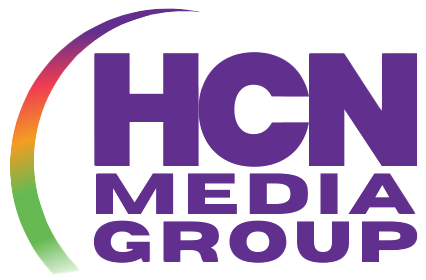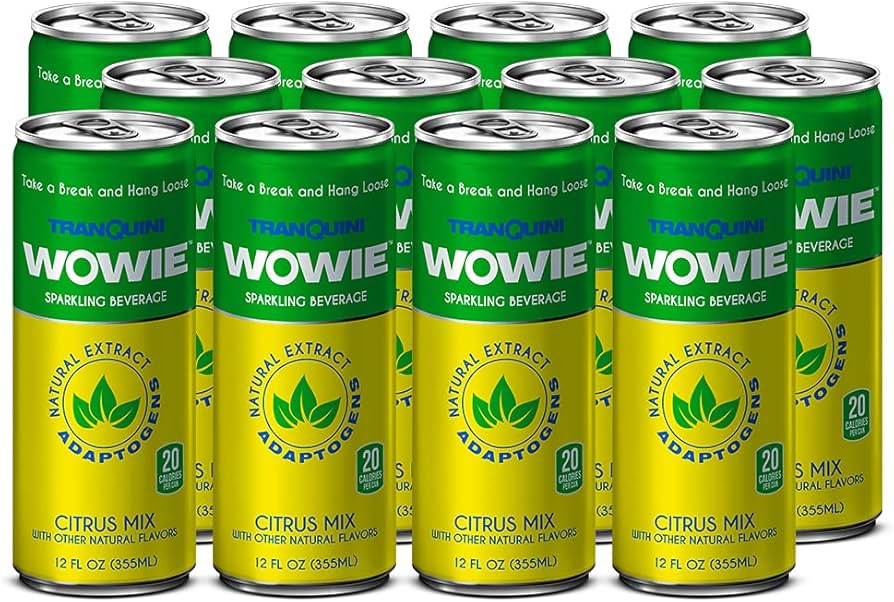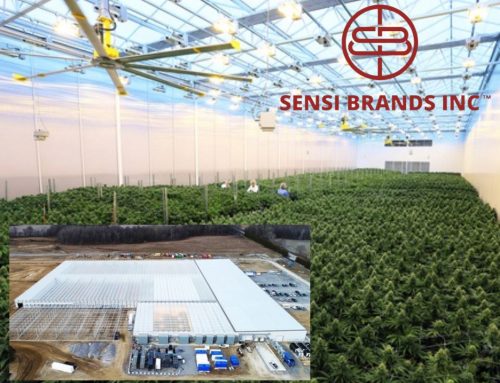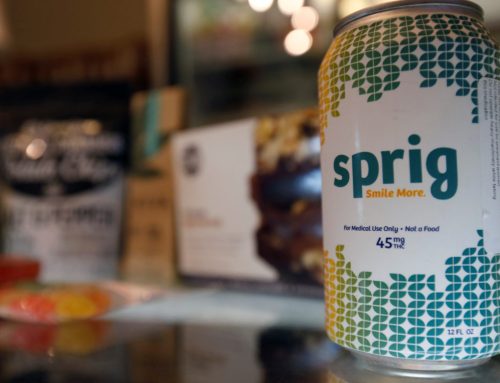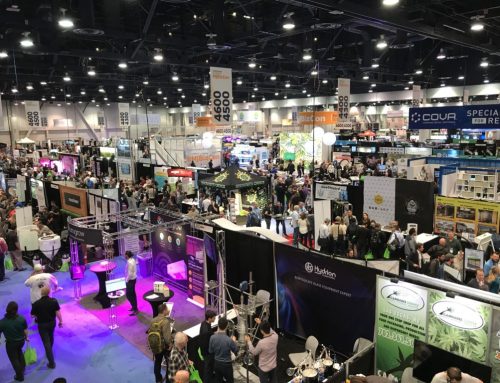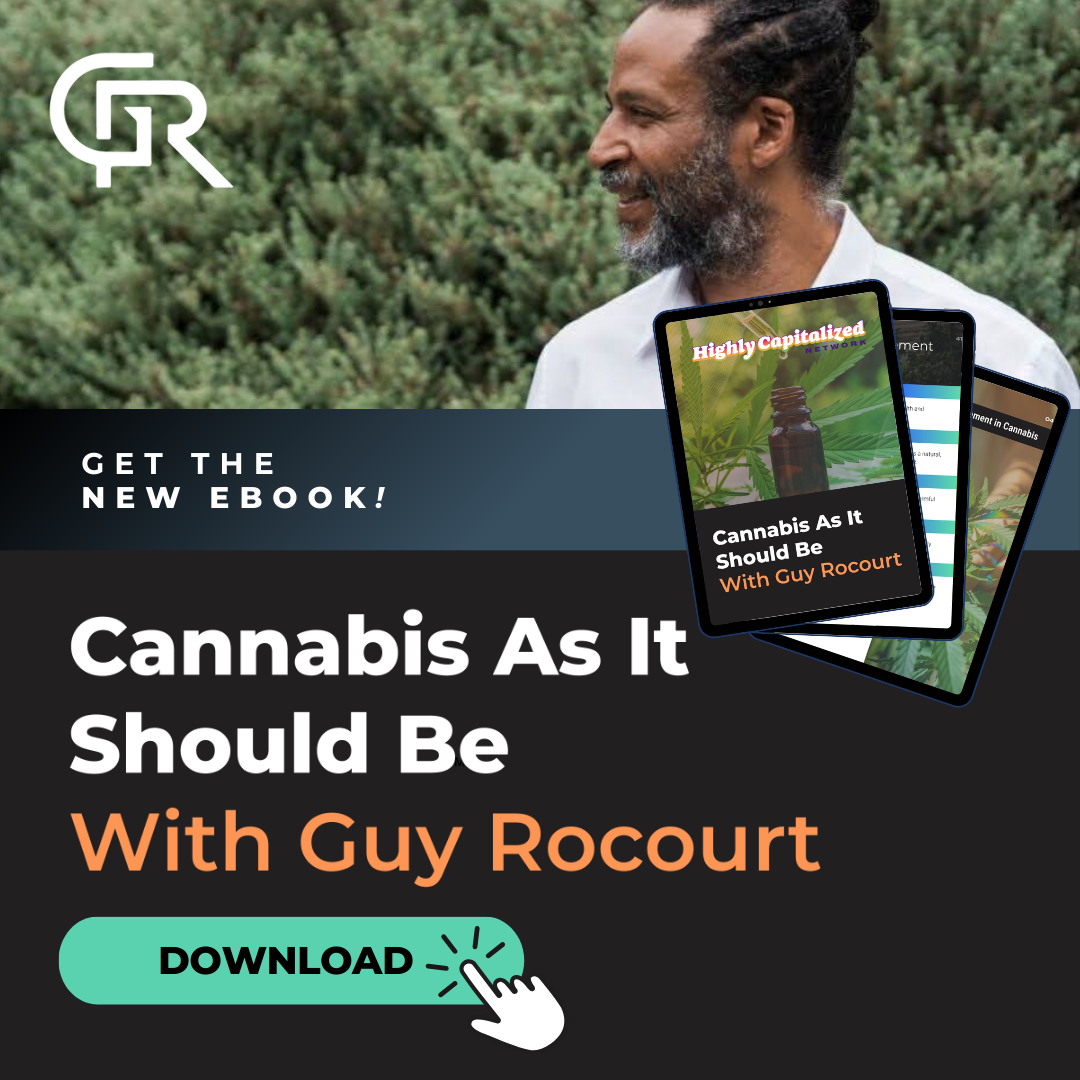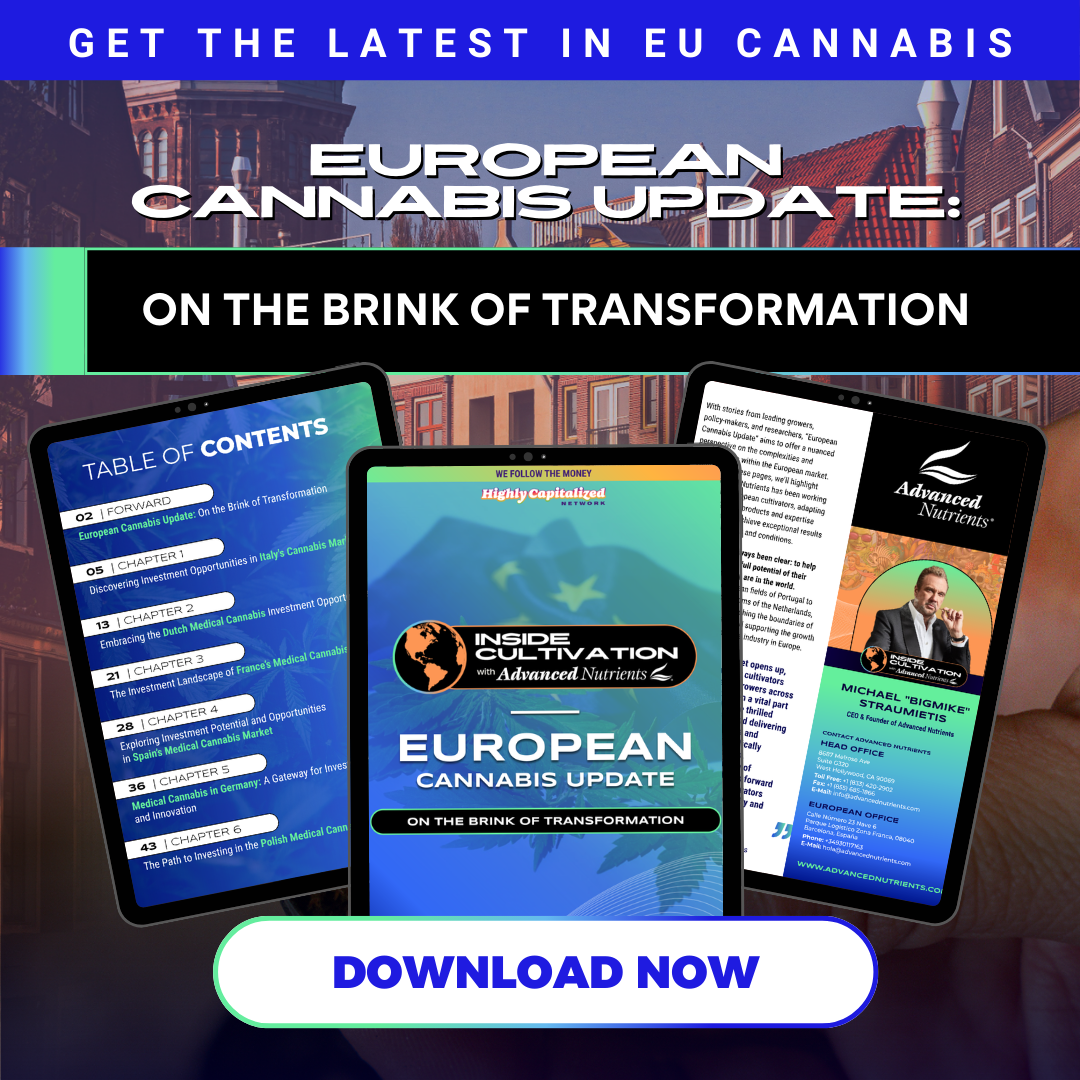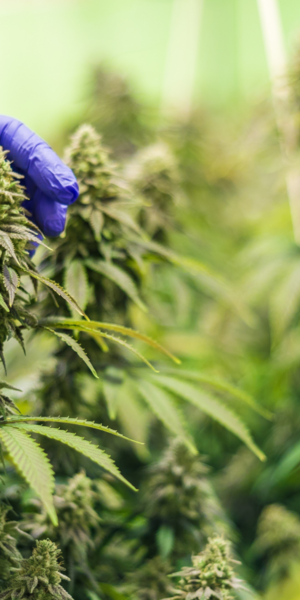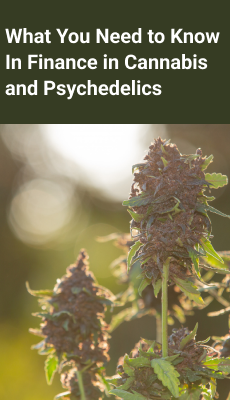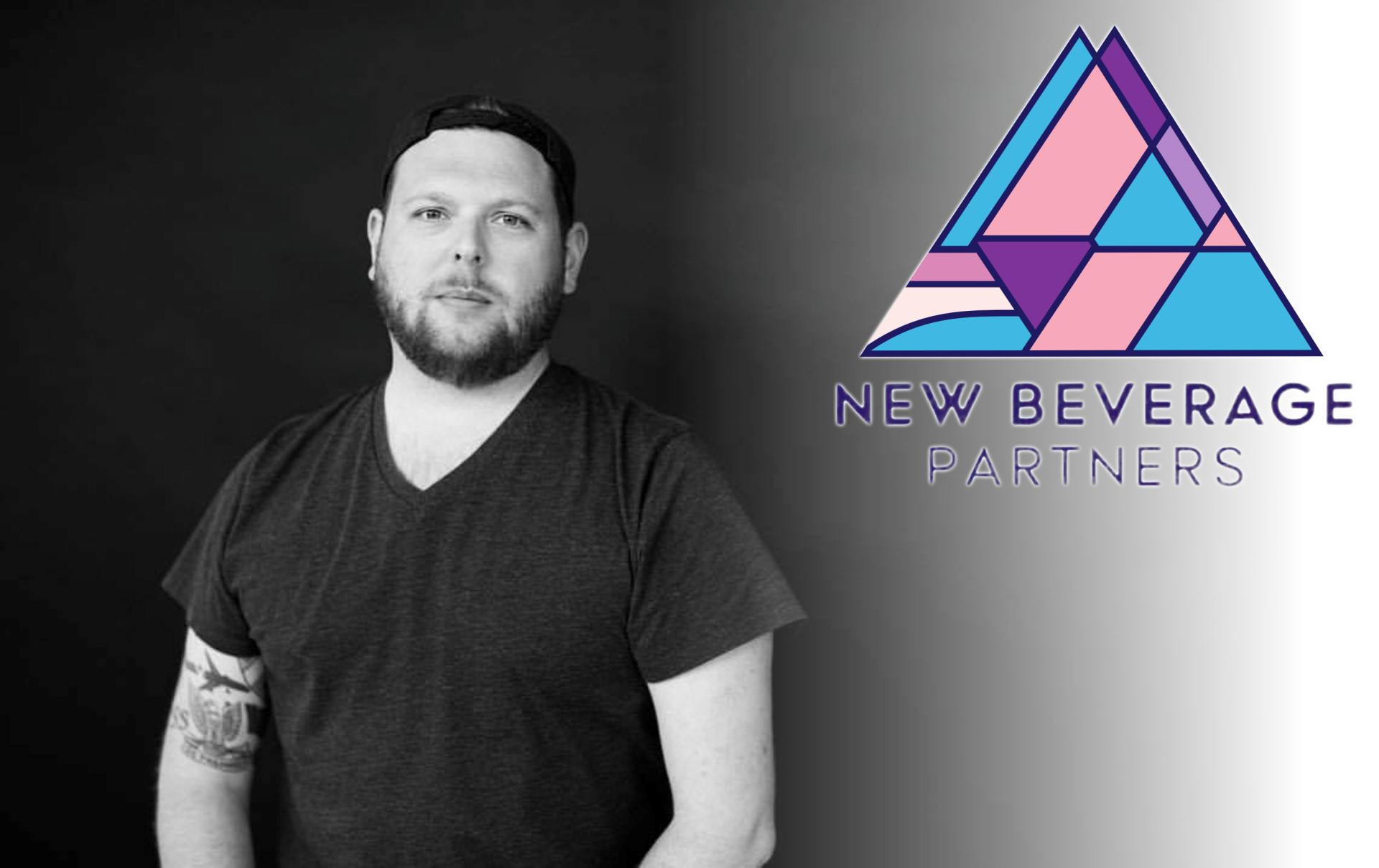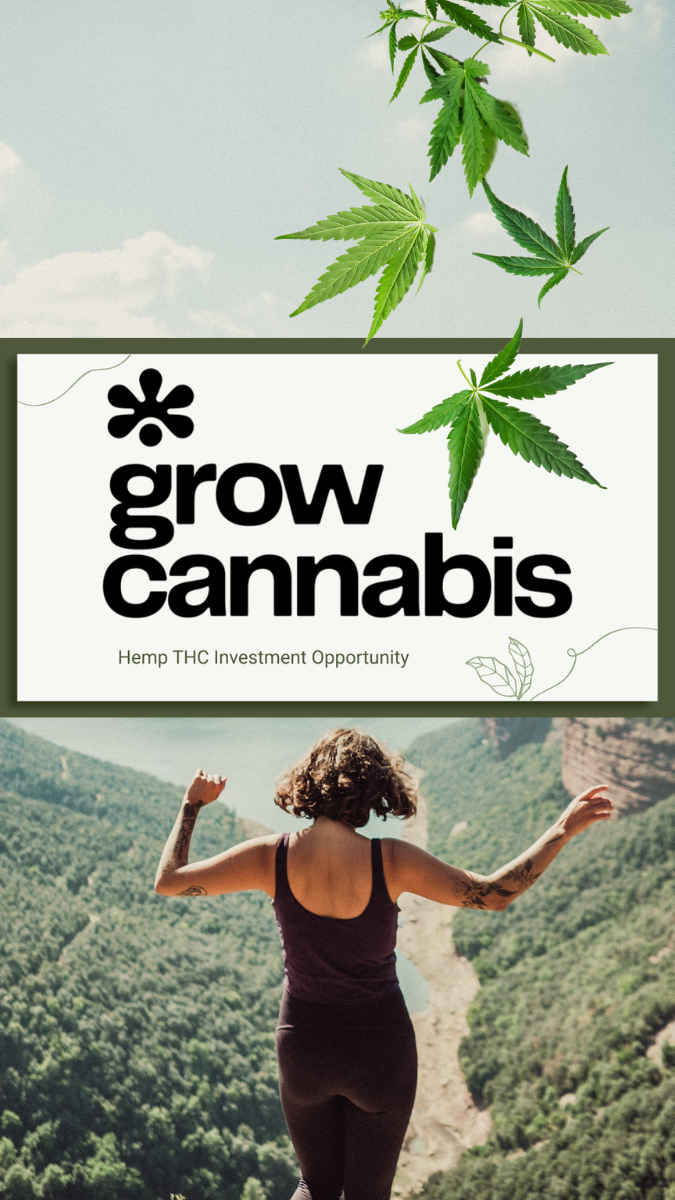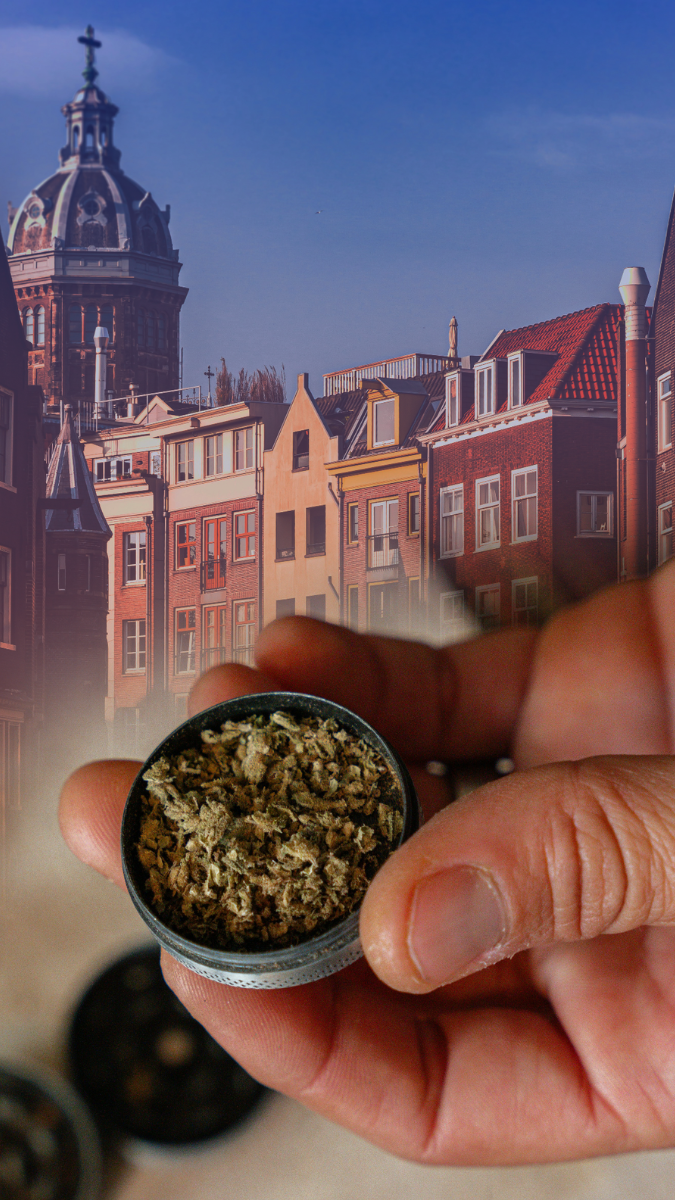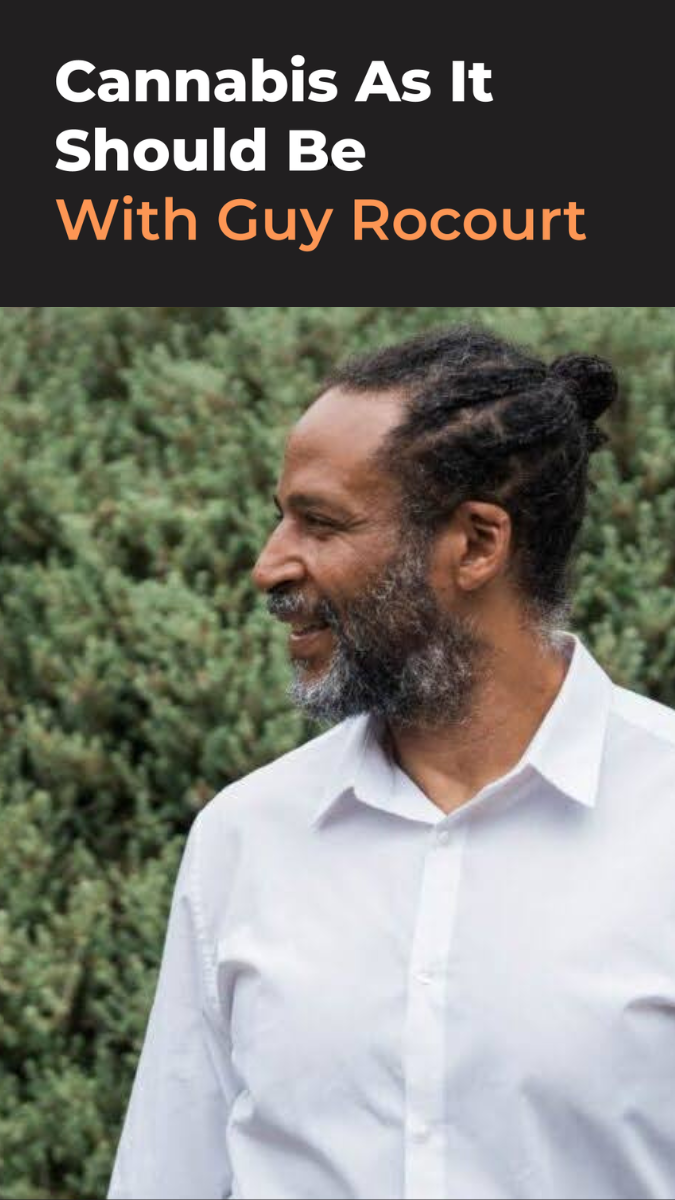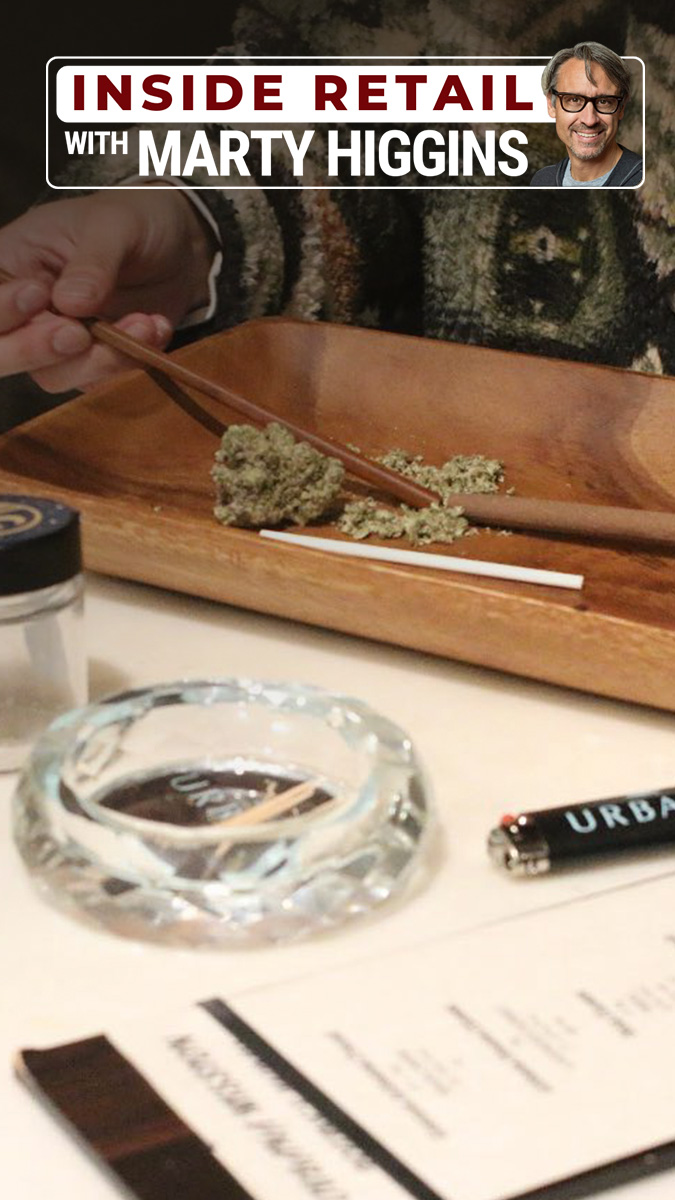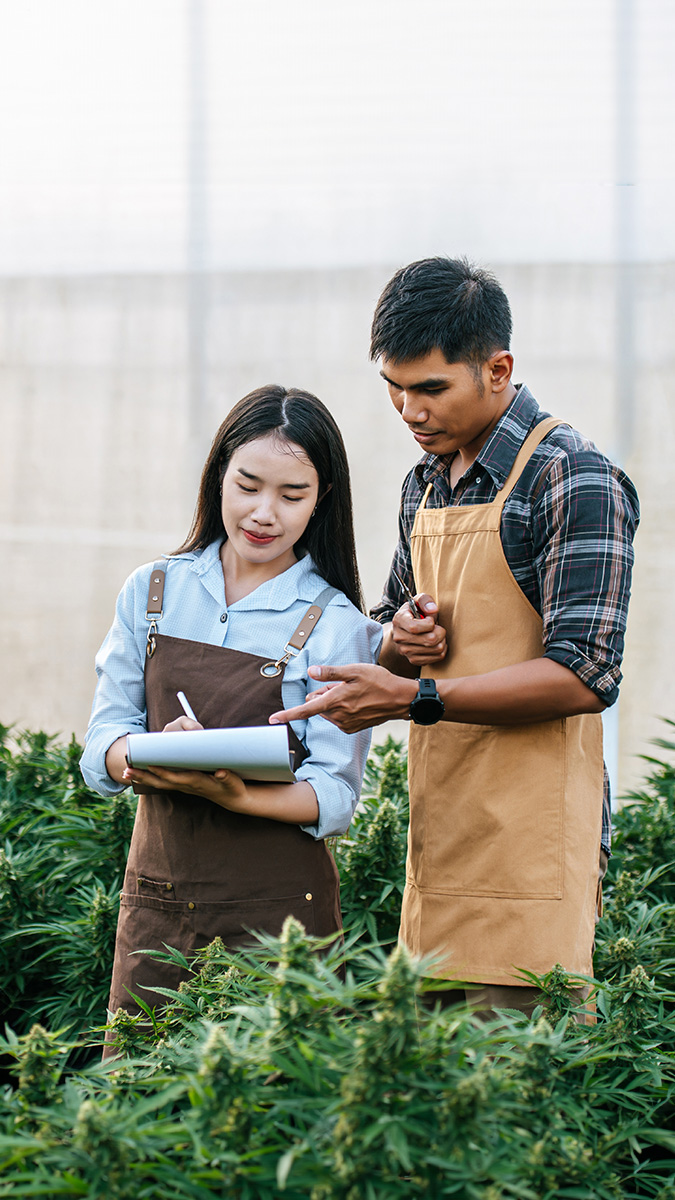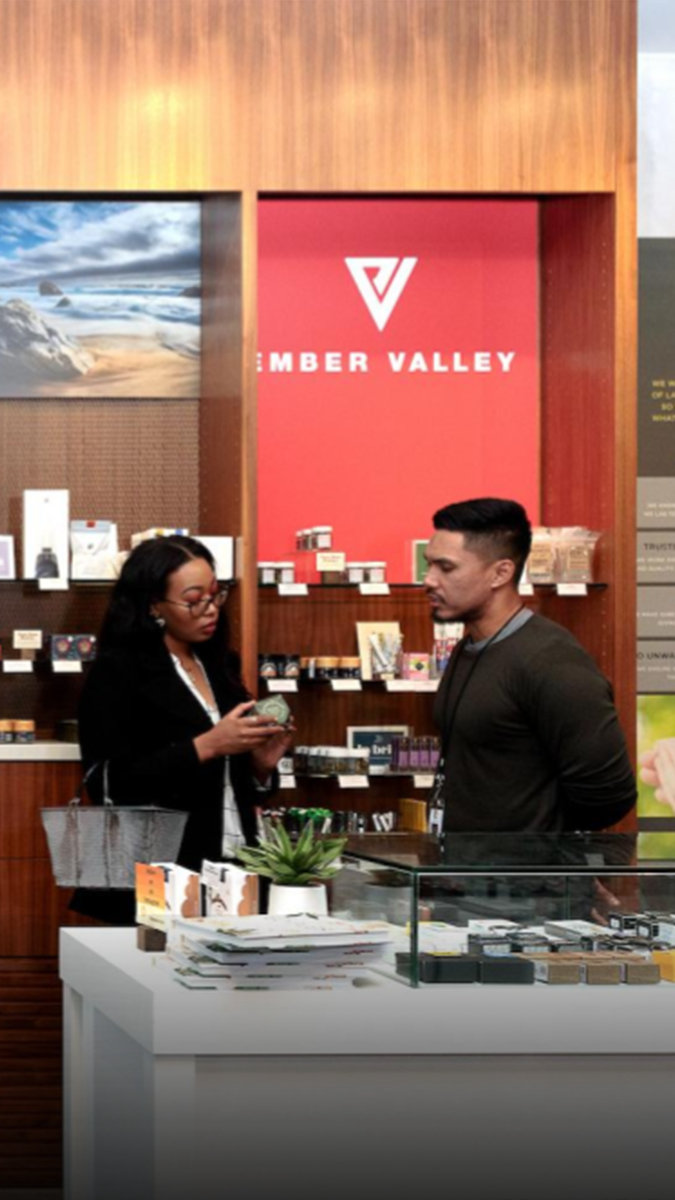Hemp vs Cannabis Beverages: What’s the Difference, and Why Does It Matter?
LOS ANGELES- Cannabis and hemp beverages markets see rapid growth, but their distinctions remain unclear to many. While both originate from one species, they cater to vastly different audiences, serve distinct purposes, and adhere to unique regulatory frameworks. For consumers seeking clarity, manufacturers striving for innovation, and investors identifying opportunities, a deeper understanding of these differences is essential.
This guide will provide an in-depth look at the key factors that differentiate hemp and cannabis beverages, why these distinctions matter, and how brands can navigate challenges to unlock potential for success.
Defining Hemp and Cannabis Beverages
As the cannabis and hemp beverage markets continue to expand, staying informed about their differences is essential to ensure informed decisions around sipping to mellow or investing to grow:
Hemp Beverages
Hemp beverages typically contain cannabidiol (CBD) and minimal amounts of tetrahydrocannabinol (THC), extracted from parts of the Cannabis sativa L. plant with less than 0.3% delta-9 THC. It prevents any psychoactive effects, making these beverages valued for their soothing and restorative properties.
Also, hemp beverages often incorporate functional ingredients like adaptogens, vitamins, and probiotics to enhance their health benefits. These drinks appeal to health-conscious consumers seeking natural remedies for stress, improved sleep, and overall relaxation. Therefore, hemp beverages occupy a growing niche in the health and wellness market.
Cannabis Beverages
Cannabis beverages are intended for those looking for a recreational or therapeutic purposes. These drinks are infused with mind-altering cannabinoids, primarily THC, which is extracted from cannabis plants with higher THC concentrations than hemp and sometimes include full-spectrum cannabinoid profiles to leverage the “entourage effect.”
Cannabis-infused drinks are popular for their quick onset, made possible by advancements in nanoemulsion technology that enhance THC absorption. Moreover, cannabis drinks also offer the benefit of measured doses, allowing users to adjust the experience according to their stable level and need. This precise control, combined with the smoke-free format, makes them an attractive choice for those who prefer discreet and non-invasive consumption methods, further broadening their appeal in the modern cannabis market.
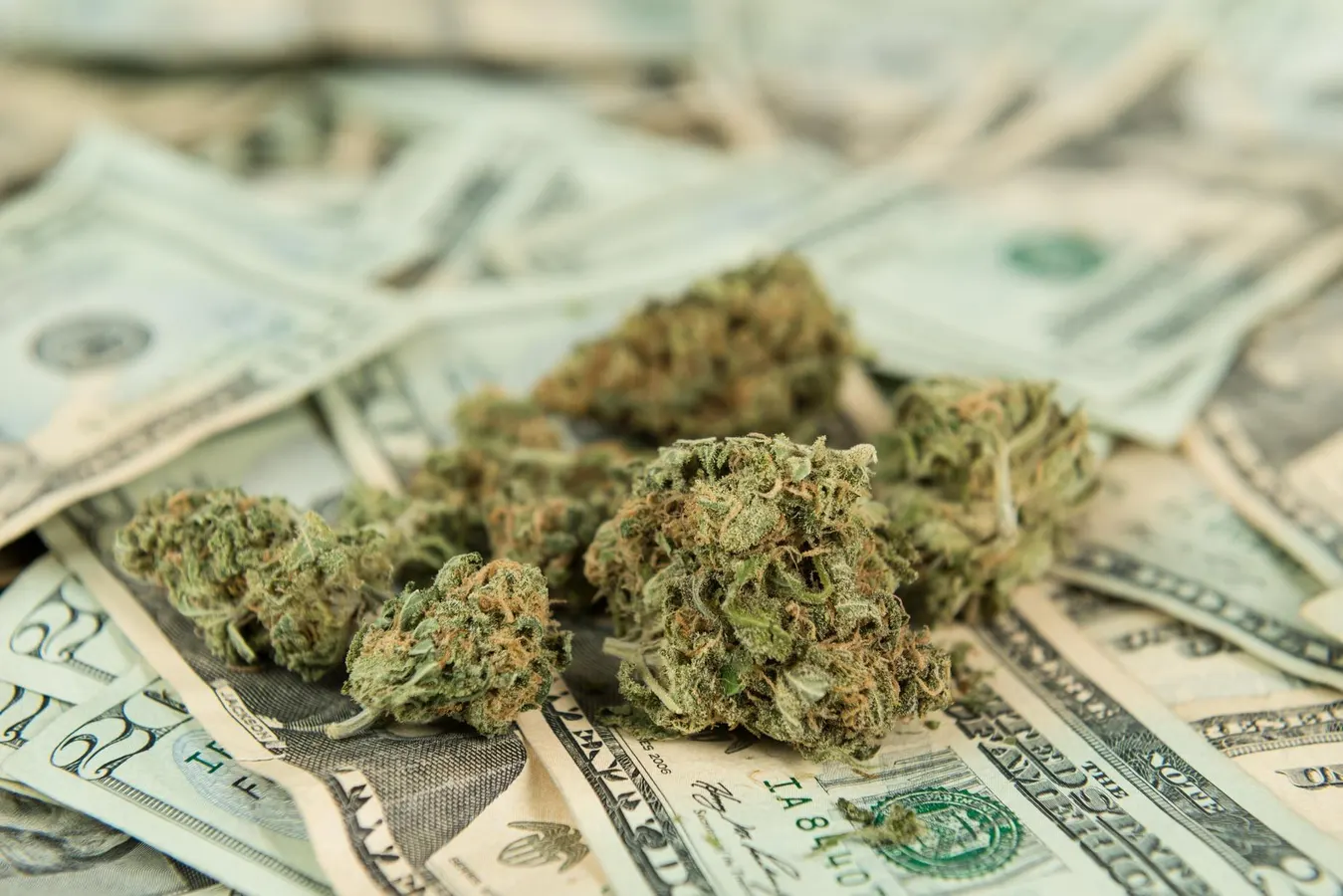
Key Differences
By understanding nuances that differentiate hemp and cannabis drinks, brands can position themselves more effectively, innovate with purpose, and seize opportunities in this expanding market. Whether it’s developing formulations that meet consumer preferences or crafting campaigns that resonate with distinct demographics, knowledge of these key factors empowers brands to lead in this quite competitive industry:
Cannabinoid Content
- Hemp Beverages usually contain high levels of CBD, with delta-9 THC strictly maintained within legal limits. This ensures they comply with federal regulations and do not produce intoxicating effects.
- Infused with high THC concentrations, cannabis beverages are often paired with other cannabinoids like CBD to enhance synergistic effect. The cannabinoid content is tailored to provide specific mind-changing or therapeutic outcomes.
Psychoactivity
- Hemp beverages are perfect for consumers seeking relaxation, stress relief, and overall well-being without getting “high.”
- In contrast, cannabis beverages deliver recreational effects similar to traditional cannabis consumption, ranging from euphoria to relaxation, depending on the THC content and formulation.
Purpose
- Hemp beverages are primarily focused on well-being and can provide benefits for things like relieving stress, helping with sleep, or just relaxing. They often feature additional functional ingredients to support a healthy lifestyle.
- Cannabis beverages serve both recreational and therapeutic purposes, frequently positioned as an alternative to alcohol or edibles, offering an appropriate option for social or personal use.
Regulatory Status
- Hemp Beverages are federally legal under the 2018 Farm Bill, provided they contain less than 0.3% delta-9 THC and are sourced from industrial hemp. It enables their distribution through mainstream retail channels, making them widely accessible to consumers.
- Cannabis Beverages, on the other hand, are subject to varying regulations, limiting their availability to states where cannabis is legalized
Consumer Base
- The chemical composition of hemp beverages makes them accessible to a wide audience, including newcomers to cannabis-related products, children, and older people. Also these drinks attract health-conscious individuals who value natural, plant-based remedies and functional products.
- Cannabis Beverages appeal to recreational users seeking a controlled psychoactive experience, cannabis enthusiasts looking for innovative consumption methods, and individuals exploring cannabis for therapeutic purposes.
Market Position
- Hemp beverages are commonly placed with natural remedies and supplements, leveraging their versatility to establish a strong position in the self-care industry.
- On the other hand, cannabis beverages are marketed as modern, sophisticated alternatives to alcohol and target a niche segment in the cannabis market, focusing on social consumption and recreational enjoyment in legalized areas.
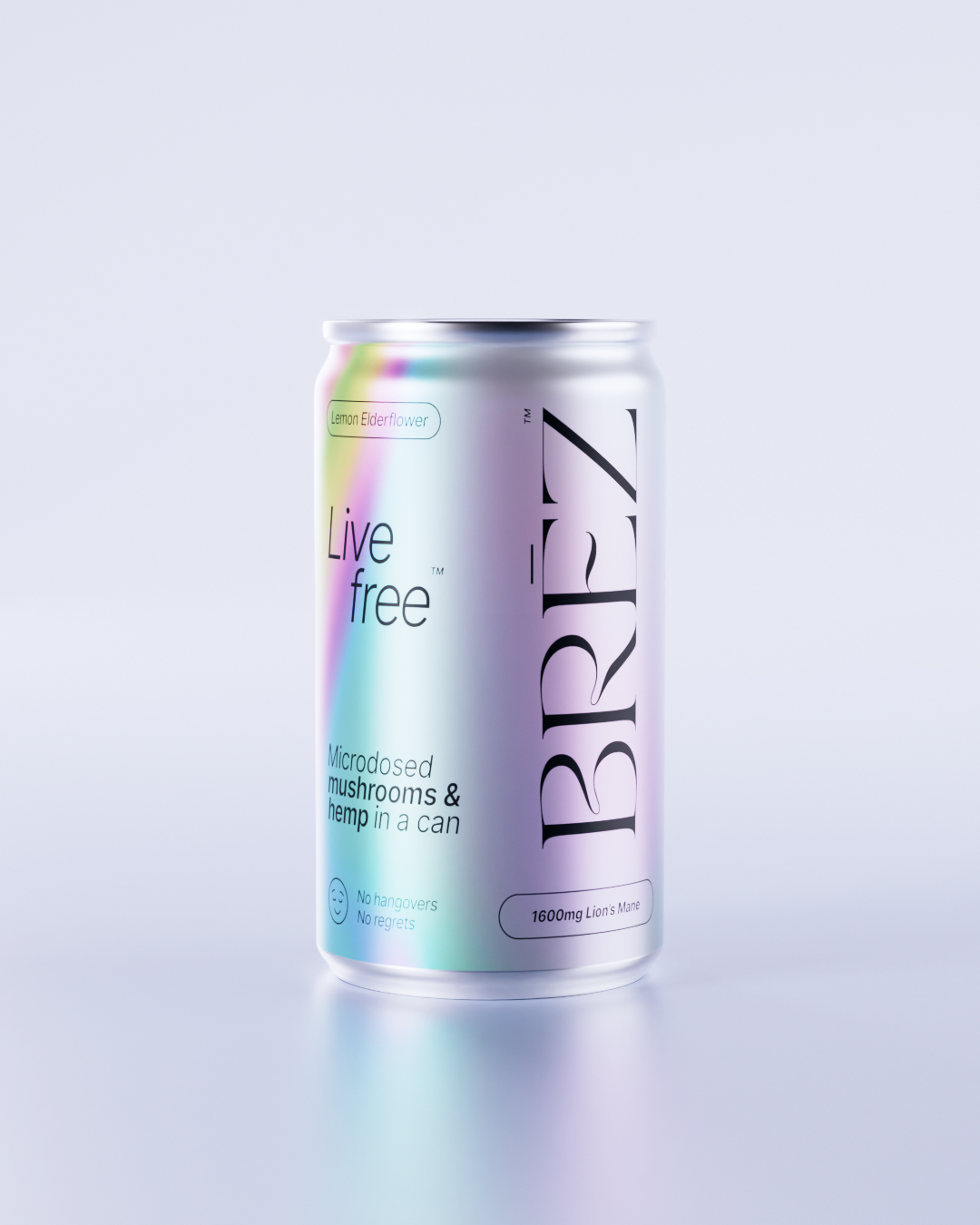
Why It Matters
With health-oriented lifestyles on the rise and cannabis legalization emerging, it’s important for brands and consumers to recognize the trends defining these sectors:
Distribution Landscape
Federal legalization allows hemp beverages to be sold in mainstream retail channels, offering manufacturers broader market access. Meanwhile, cannabis beverages operate within a fragmented regulatory framework, with legality varying from state to state. This inconsistency makes things complicated for production, distribution, and marketing strategies, forcing cannabis beverage companies to deal with a patchwork of compliance requirements. The stark difference in legal status profoundly influences the accessibility and growth potential of each category.
Consumer Preferences
The cannabinoid content in hemp and cannabis beverages reflects distinct consumer needs, which drive their respective markets. Hemp beverages, with their non-intoxicating focus, attract health-conscious consumers seeking natural solutions for relaxation, stress relief, and overall well-being. On the other hand, cannabis beverages appeal to individuals looking for recreational effects, often as a modern alternative to alcohol. This segmentation underscores the importance of understanding target demographics. Brands that tailor their messaging, product offerings, and distribution channels to these preferences are better positioned to capture market share and foster loyalty.
Market Trends
Both hemp and cannabis beverages benefit from a broader cultural shift toward mindful lifestyle, particularly the decline in alcohol use among younger generations. Millennials and Gen Z consumers increasingly seek healthier, more intentional choices, creating fertile ground for growth in both categories. Hemp beverages capitalize on the booming wellness industry, aligning with trends in nutrition and self-care. Meanwhile, cannabis beverages are gaining traction in social and recreational settings, with low-dose THC products becoming particularly popular for offering subtle effects suitable for casual consumption.
Innovation and Technology
Advancements have revolutionized hemp and cannabis beverages by improving bioavailability and ensuring faster, more predictable effects. These innovations address longstanding consumer concerns about delayed onset times and inconsistent dosing, enhancing user satisfaction. Furthermore, such technological strides are enabling the creation of more diverse and sophisticated product offerings, from sparkling waters to functional drinks, broadening appeal and driving market expansion.
What It Means for Brands
The hemp and cannabis beverage markets are a playground of opportunities, but only for those ready to tackle the challenges head-on. These categories demand agility, creativity, and a deep understanding of what today’s consumers want.
Hemp beverages offer brands a straightforward path into mainstream retail, thanks to federal legality. To succeed, companies should emphasize transparency, eco-friendly practices, and functional ingredients that appeal to health-conscious consumers.
Cannabis beverages, despite regulatory challenges, present unique opportunities as a sophisticated alternative to alcohol. By leveraging technologies like nanoemulsion and creating memorable product experiences, brands can attract loyal consumers in this niche market.
Ultimately, success in these markets requires building a strong brand story that resonates with a shifting culture. Whether it’s embracing the health movement with hemp beverages, reimagining social rituals with cannabis drinks, or leveraging the strengths of both categories, the brands that innovate and connect authentically with their audience will be the ones that capitalize and lead the way.










